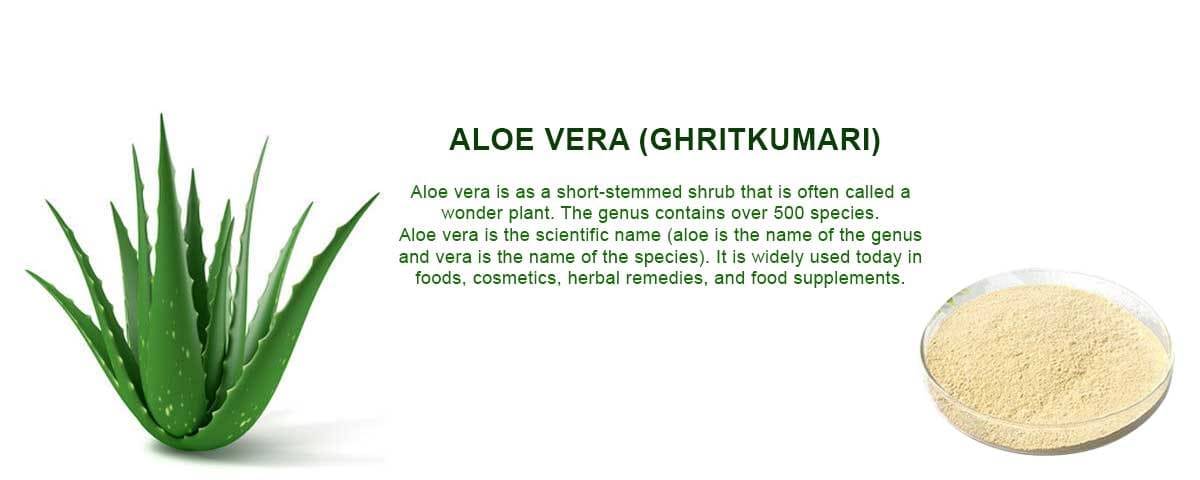Aloe Vera plant has been used for thousands of years. It has remained quite popular in traditional Indian and Chinese medicine and even in Western medicine. Its use in cosmetics and other products started way back in the 1970s. The gel from the plant can treat inflammation and correct skin disorders
What Is Aloe Vera And How Does It Work?
Aloe Vera is as a short-stemmed shrub that is often called a wonder plant. the genus contains over 500 species.
Aloe vera is the scientific name (aloe is the name of the genus and vera is the name of the species). It is widely used today in foods, cosmetics, herbal remedies, and food supplements.
The most prominent use of aloe vera is in treating skin conditions and wounds. The oral intake of the plant (its gel or latex) can promote digestive health and greatly aid the treatment of diabetes and infectious diseases.
The plant contains over 75 powerful constituents – these include vitamins, minerals, enzymes, saponins, salicylic and amino acids, and sugars.
Aloe vera is one of the very few nutritionally replete plants in the world. What it can do for you is as incredible as its nutritional profile.
What Are The Health Benefits Of Aloe Vera?
Aloe vera is one of the few nutritionally densest natural foods available. It is replete with important vitamins and minerals and antioxidants. These fight inflammation, strengthen immunity, and treat chronic ailments like diabetes. Aloe vera also has excellent applications in enhancing your skin health. Here are some benefits of aloe vera:
- Fights Inflammation
- Promotes Digestive Health
- May Strengthen Immunity
- Treats Diabetes
- Can Aid Weight Loss
- May Treat Interstitial Cystitis
- Promotes Oral Health
- Might Prevent Some Forms Of Cancer
- Helps Treat Acne
- Can Fight Signs Of Premature Aging
- Moisturizes Skin
- Promotes Wound Healing
- May Improve Hair Health
What Is The Nutritional Profile Of Aloe Vera?
Aloe vera contains over 75 active nutrients. These include the following:
- Vitamins, including A, B12, C, E, folic acid, and choline.
- Minerals, including calcium, copper, chromium, magnesium, manganese, selenium, potassium, zinc, sodium.
- Enzymes, including aliiase, alkaline phosphatase, amylase, catalase, cellulase, lipase, bradykinase, carboxypeptidase, and peroxidase.
- Sugars, including monosaccharides and polysaccharides.
It also contains anthraquinones, fatty acids, hormones, and amino acids (20 of the 22 human required amino acids and 7 of the 8 essential amino acids).
The nutrition profile should be reason enough for us to start including aloe vera in our diets. But how?
How To Include Aloe Vera In Your Diet?
Aloe vera is a fun and easy addition to a host of food preparations. Here are a few pointers that can help:
- You can eat aloe leaves as a snack between meals.
- You can also drink the aloe gel.
- Add the gel to your evening smoothie.
- Add aloe vera gel cubes to other ingredients like tomatoes, cilantro, lime juice, sea salt, and garlic in a blender. Blend well, and your salsa is ready, which you can serve with tacos or chips
- Adding aloe vera leaves to a salad works wonders too (you can also add the gel).
You may also relish aloe juice. You need an aloe vera leaf and a cup of any desired fruit juice. Slit one edge of the leaf and scoop out the gel (you may store this gel in a jar and refrigerate it for future use). Add two tablespoons of this gel to the fruit juice and blend and serve.






